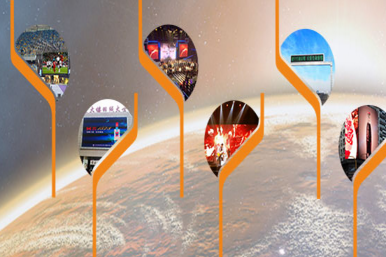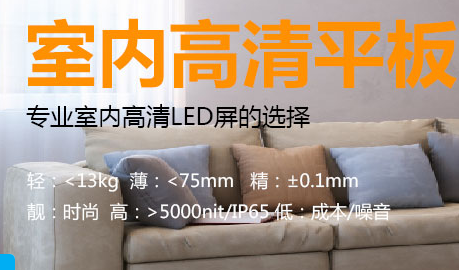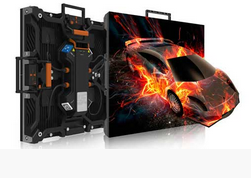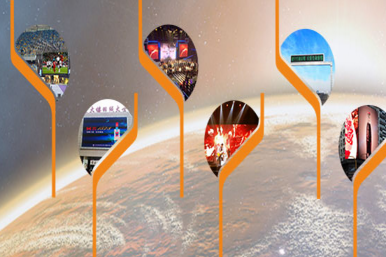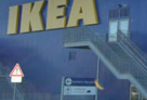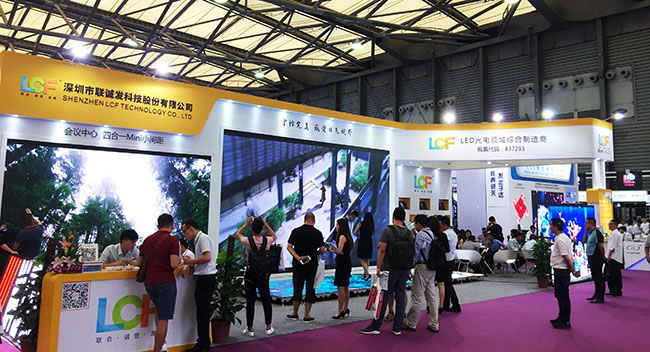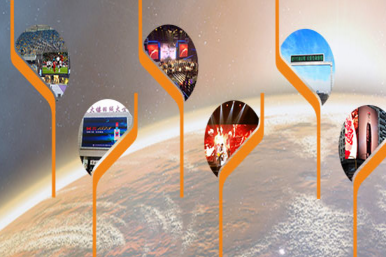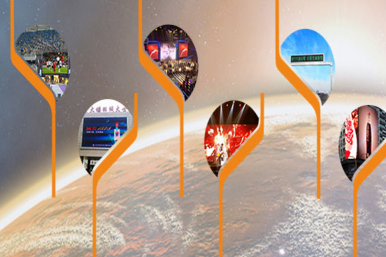Publisher: Supplier of LED Display Time: 2017-10-25 15:18 Views: 2107
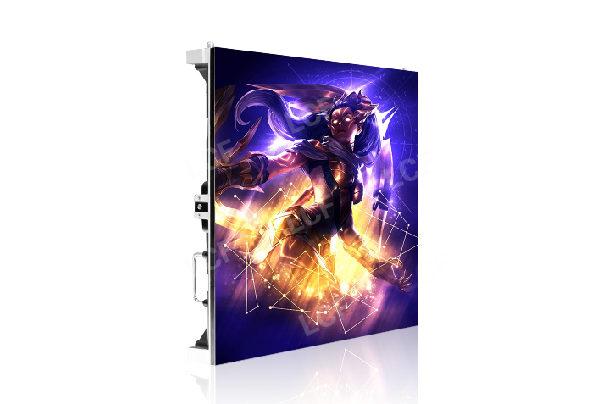
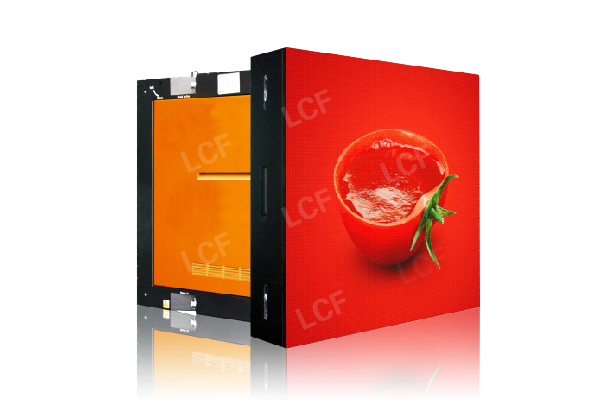
1. The maintenance methods of LED display screens are mainly divided into two types: front maintenance and rear maintenance. Before understanding the difference between these two maintenance methods, we must first understand that the choice of maintenance method is inseparable from the installation method of the LED display. The installation methods of LED display screens are mainly divided into: wall-mounted installation, mosaic installation, roof-mounted installation and column-mounted installation.
2. Front maintenance: The biggest feature of front maintenance is to save space. For indoor or inlaid installation structures, the space is extremely expensive, so there will not be too many places left as maintenance channels. Therefore, the front maintenance can greatly reduce the overall thickness of the LED display screen structure, which can not only integrate well with the surrounding building environment, but also save space while ensuring the effect. However, this structure has very high requirements for the heat dissipation function of the device.
3. Post-maintenance: The biggest advantage of post-maintenance is its convenience. It is suitable for large outdoor LED display screens, roof-mounted, wall-mounted, and column-type, and is convenient and efficient for inspection and maintenance. For those large LED displays installed on the exterior walls of buildings, it is easier for maintenance personnel to enter and operate from the rear.
In summary, for different application environments and actual needs, front maintenance and rear maintenance need to be used flexibly in order to solve the problem of LED display failures better and faster.

